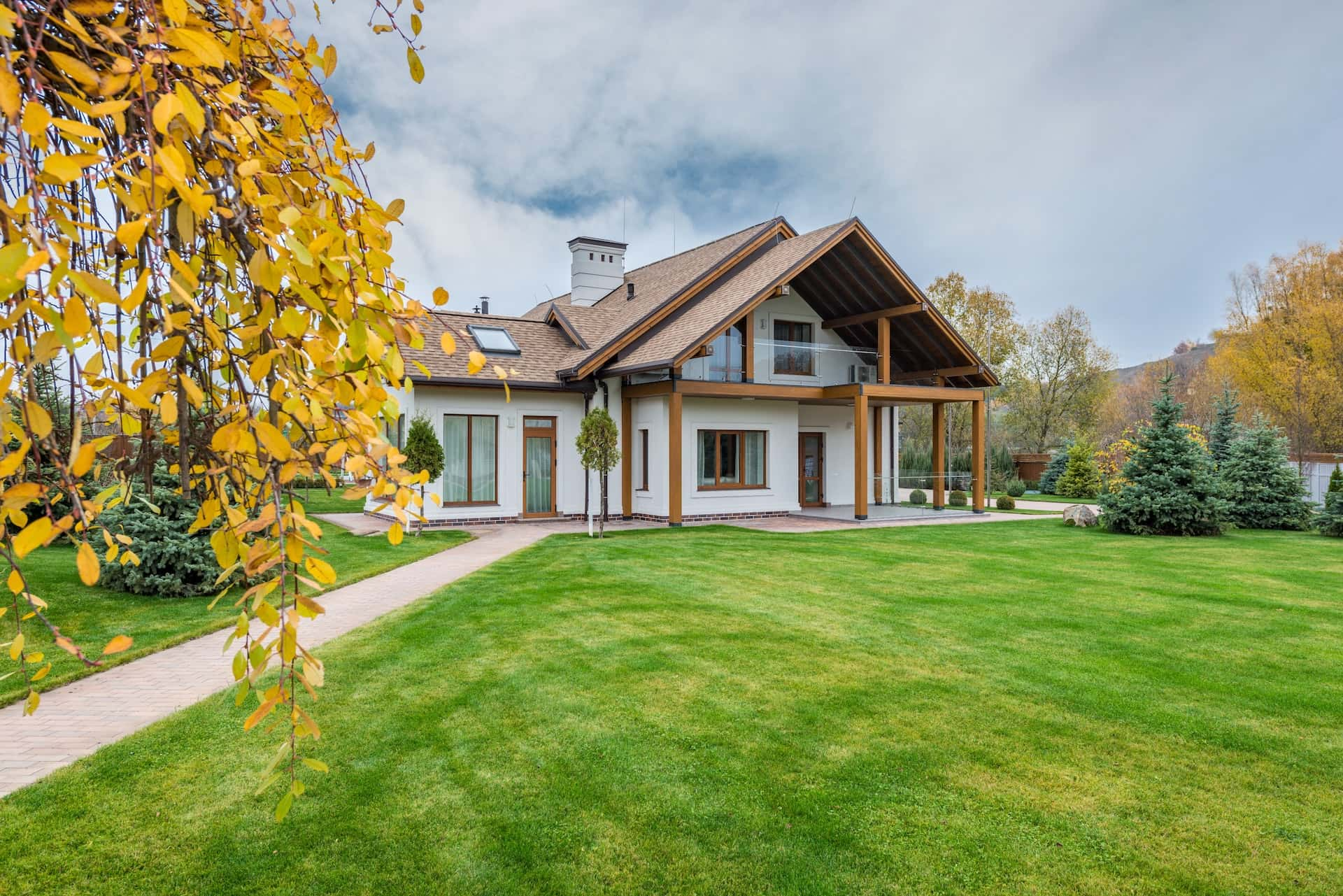
The Art of Sustainable Landscape Design: Tips for an Eco-Friendly Yard Aug 20, 2025
To kickstart your journey towards a sustainable yard, consider integrating native plants into your garden. Native plants are essential components of environmentally friendly landscapes because they're adapted to the local climate and soil conditions. They require less water, fertilizers, and pesticides, making them both practical and low-maintenance. Look for species that are indigenous to your area to ensure the best results.
Another pivotal aspect of sustainable landscape design is mindful water management. Water conservation can significantly reduce the environmental impact of your garden. Consider installing a rain barrel system to capture rainwater, which you can then use to water your plants. Additionally, employing drip irrigation systems can deliver water directly to plant roots, minimizing water waste. These systems ensure that your garden remains lush and vibrant while conserving one of our most precious resources.
Improving soil health is another critical element in eco-friendly landscape design. Opt for organic fertilizers and compost to enhance soil fertility, support healthy plant growth, and reduce chemical runoff into nearby water systems. Composting kitchen scraps and yard waste turns organic material into nutrient-rich compost that can nourish your plants and help retain soil moisture.
Incorporating green hardscape materials is another way to make your garden more sustainable. Consider using recycled materials for pathways and patios, such as reclaimed stone or recycled concrete. These materials reduce the demand for new resources and lessen the environmental footprint of your hardscaping projects. Permeable pavers are excellent choices for walkways or driveways because they allow rainwater to seep back into the ground, promoting natural water infiltration.
Beyond choosing sustainable materials, think about the overall design of your landscape. Creating a biodiversity-friendly garden can promote ecological balance. Include a variety of plants that attract beneficial insects like bees and butterflies, which are vital for pollination. Planting hedgerows or small shrubs can provide shelter and food for birds, enhancing your garden's ecosystem diversity.
Furthermore, consider the placement and orientation of your landscape features. Use strategic planting to create shade, which can naturally cool your home and reduce energy consumption. Carefully planned shade trees can drop temperatures by several degrees in summer months, offering a more comfortable outdoor living space and lowering your air conditioning needs.
In conclusion, transforming your yard into a sustainable oasis is a rewarding endeavor that brings long-term benefits for both the environment and your personal well-being. With thoughtful planning and a commitment to eco-friendly principles, your landscape can thrive in harmony with nature. By integrating native plants, conserving water, promoting soil health, and using sustainable materials, you are not only enhancing the aesthetic appeal of your property but also contributing to a healthier planet. Landscape Design & Lawncare is here to assist you in creating an eco-friendly yard that is both beautiful and sustainable. Join us in the art of sustainable landscape design to make a positive impact on our environment today.
/filters:no_upscale()/media/380927a3-6216-4e99-a19a-1b648dd68add.jpeg)
/filters:no_upscale()/filters:format(webp)/media/5f97a301-bb1a-4335-8952-938b7b33fc1c.jpeg)